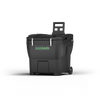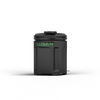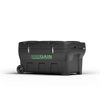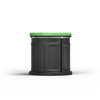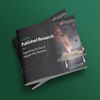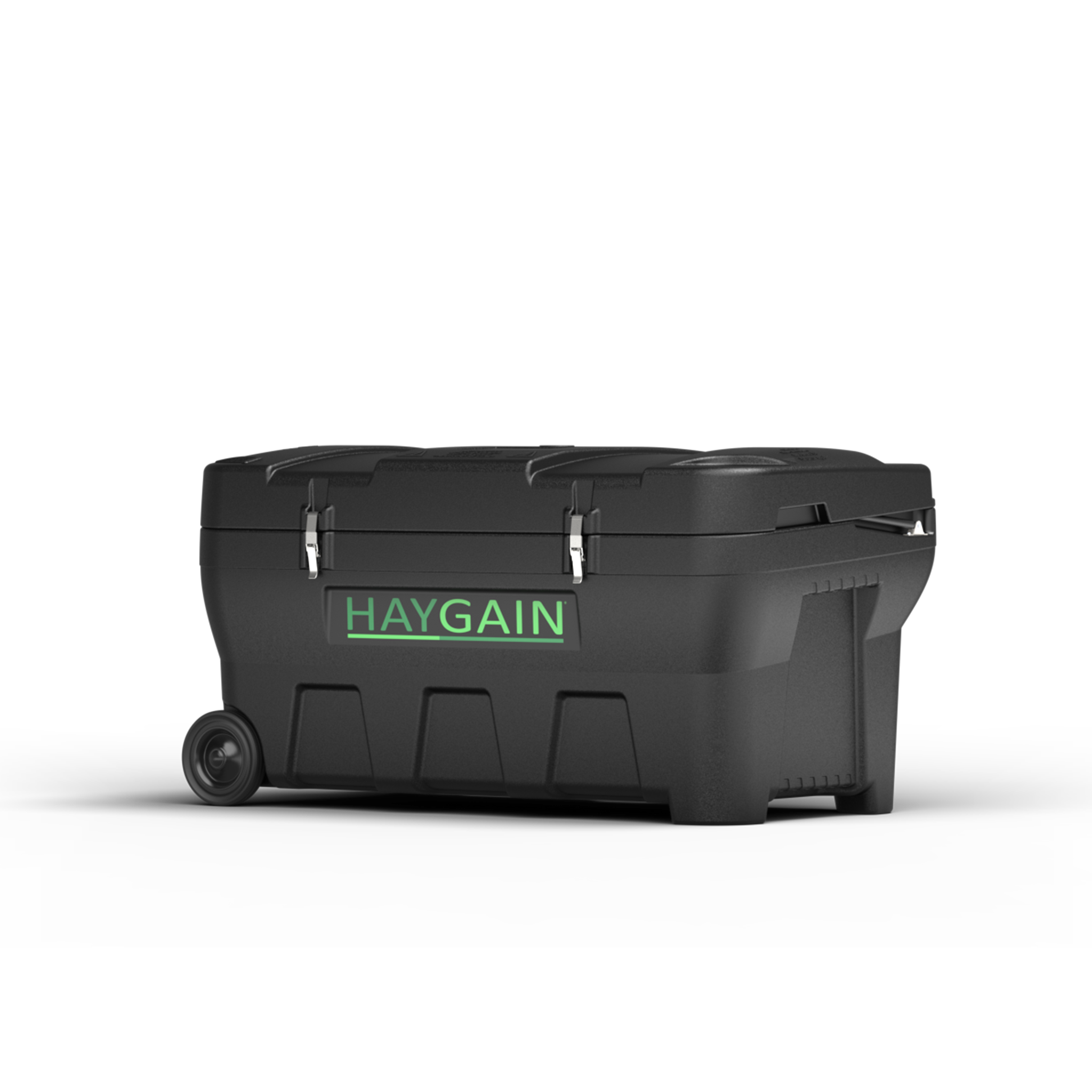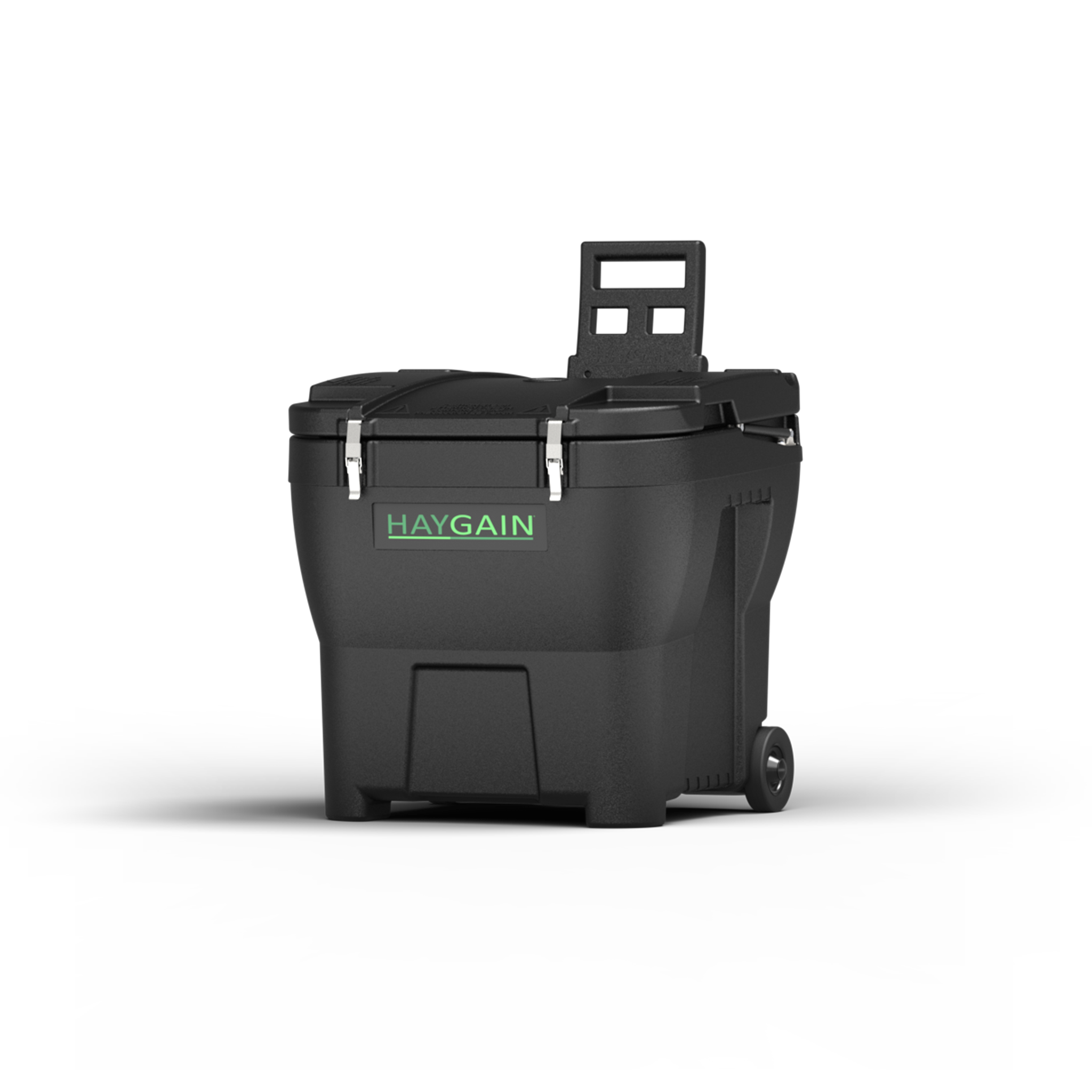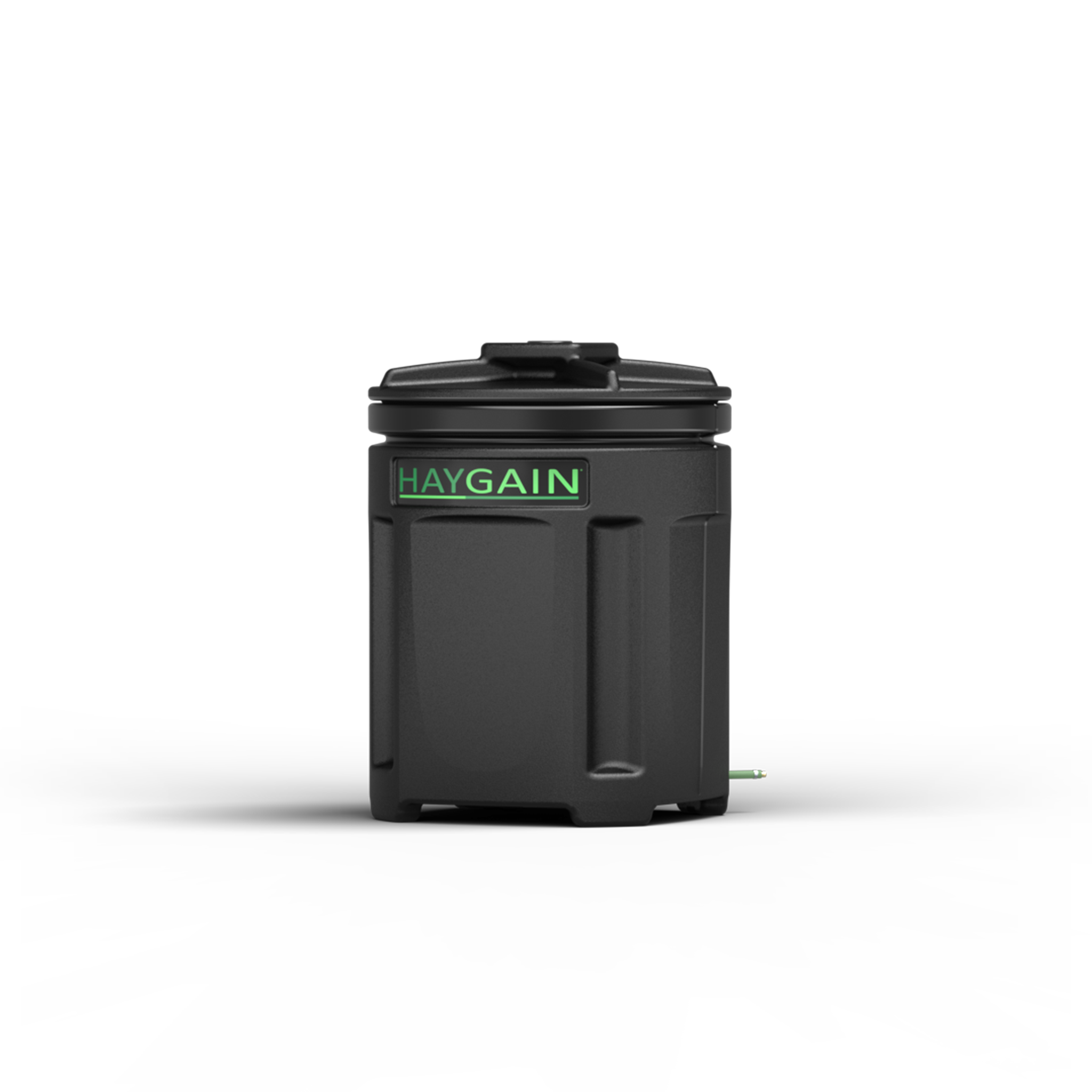We all know by now that horses require forage, ideally fresh forage as grassland or if not possible, conserved forage as their main dietary component. Most horses can gain enough energy and nutrients from this forage without needing additional feed or supplementation. Some horses in light work but on single sward grasslands or hay may require a supplement to balance the vitamin – mineral requirements. In temperate climates, only horses in medium to hard work may require a little extra feed (Harris et al., 2017).

Consider a pregnant native pony mare – she produces a foal of 45-50 kg, more or less up and running at birth, just on good quality grassland pasture and manages to suckle her foal well without additional supplementation. Yet, during lactation she requires as much energy as a horse of equal size in heavy work!! Her digestive tract has evolved over millions of years for maximum gain of energy from very low quality grassland pastures (through the ice-ages) with a little more pasture in the Spring (for breeding). The digestive tract has not adapted to the way we feed or keep horses, as when breeding and selecting for larger horses, our selection criteria focused on speed, performance and usefulness for work.
Passage Rates – The conveyor belt
The equine digestive tract has evolved for fast processing of low quality forage. The key to this is fast passage of food through the tract. The ‘strategy’ is – squeeze out nutrients fast – pass on to next section – discard – keep eating - repeat. It is a conveyer belt system to a certain extent. Passage rates need to be kept going because if the feed chyme (ingested, chewed forage mixed with saliva and digestive fluids) grinds to a halt, all sorts of problems start to set in, particles start blocking, fermenting and bloat develops, resulting in colic (=gut pain; Harris and Geor, 2013). This is why the horse is called a trickle-feeder, and why it naturally ingests feed at a similar rate day and night on an alternate 3 hour feeding to 2-3 hour resting routine.
Looking at the gastrointestinal tract, the chewing of forage is the most important aspect of reducing particle size. Larger particles with higher structural fibre content (long grown grasses, hay and haylages but also straw) are chewed to around 2-5 mm in size but they can be swallowed at more than 2 cm in length and they will pass through the whole digestive tract without further size reduction (see arrow in picture) (Ellis and Hill, 2005).
Once chewed and swallowed the food remains in the stomach which is relatively small (rugby ball stretching to basket ball when full) with the function to start breaking down only the most digestible parts of the food with acid before moving the chyme on into the small intestine. Here a bit more minor fermentation takes place. Fermentation due to long periods of food chyme remaining in the stomach or small intestine because of fasting periods can be one cause of gas colic or stomach ulcers (Andrews et al., 2017). The small intestine is the key site for enzymatic digestion which occurs due to pancreatic juices and liver bile ‘attacking’ the cell walls to release nutrients (protein, starch, sugar, vitamins, minerals).
Bile trickles in continuously as the horse has no gall bladder, so this again highlights the need for continuous passing through of forage. The small intestine of a horse when stretched out will reach around the length of a railway carriage (25m). So there’s no time for stopping eating, as stopping means blocking as the SI is folded over and over again to fit into the barrel and as it is quite narrow can collapse on itself or twist, especially if it becomes too empty.
The main engine
From there we reach the largest part of the digestive tract the hindgut. It occupies around 65% of the whole volume of the digestive tract and here bacteria, protozoa and fungi live off the forage the horse could not break down, which is around 70-90% of ingested forage. The by-product of their ‘fermentation feast’ are the Volatile Fatty Acids (VFAs). These are absorbed from the gut and they provide the majority of energy the horse requires. Therefore ‘the engine of the horse’ is the hindgut evolved to run on forage, with microbiota facilitating the extraction of energy. It is a carefully balanced design which runs smoothly as long as adequate structural forage (unground, large particles) passes through. This means that horses should always have free access to water and should never be without forage for more than 3 hours. Slowing down intake of dried forages, through slow feeders helps to increase feeding times and keep them busy 24/7.
References
Andrews, F.M., Larson, C., Harris, P. 2017. 'Nutritional management of gastric ulceration' Equine Veterinary Education, 29 (1), pp; 45-55.
Ellis, A. D. and Hill, J. 2005. Nutritional Physiology of the Horse, Nottingham University Press, Nottingham, UK
Goodwin, D. 2007. Horse Behaviour: Evolution, Domestication and Feralisation, In: Waran, N. 2017. The Welfare of Horses, Volume 1, Chapter 1: pp; 1-18. Kluwer Academic Publishers
Harris, P.A., Ellis, A.D., M.J.Fradinho, A.Jansson, V.Julliand, N.Luthersson, A.S.Santos and I. Vervuert. 2017. Feeding conserved forage to horses: recent advances and recommendations; Animal Science, Animal. 2017 Jun;11(6):958-967
